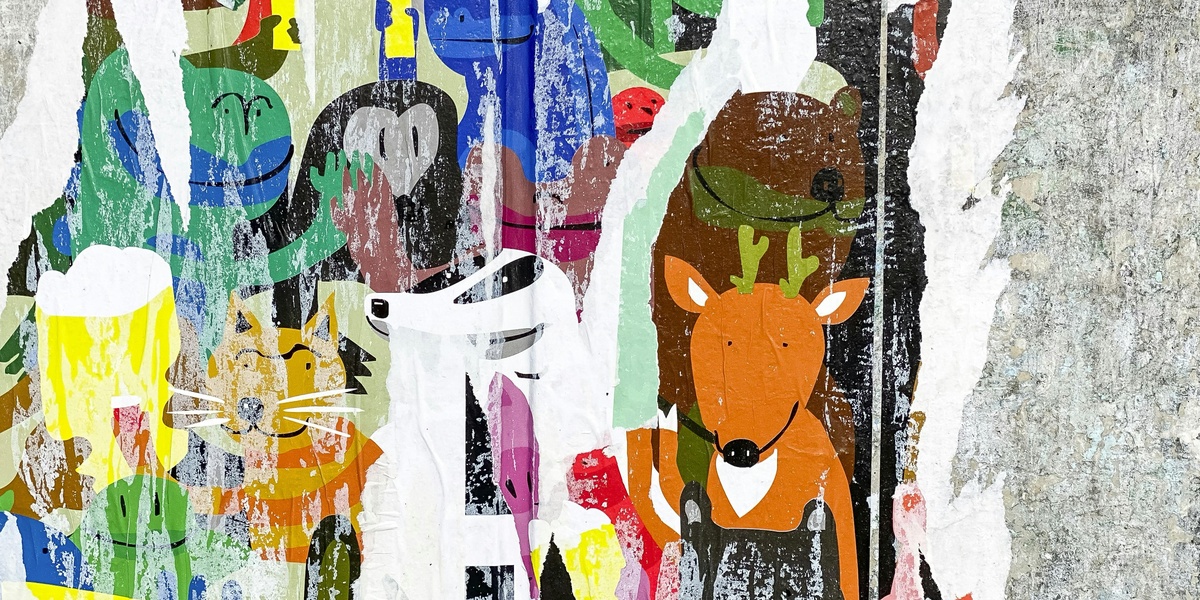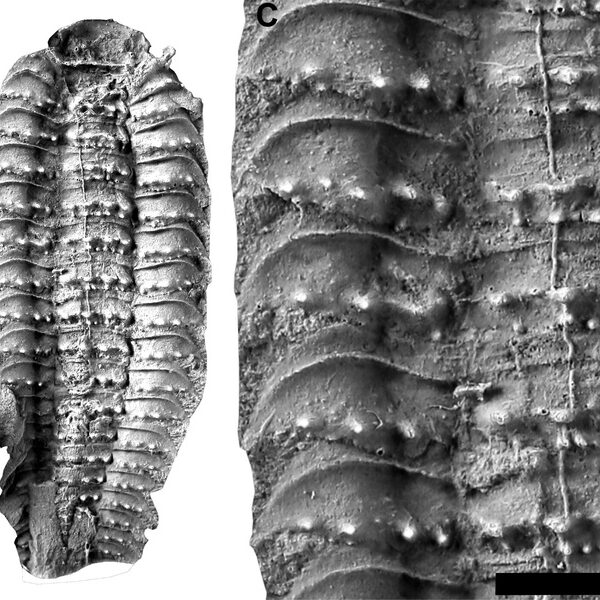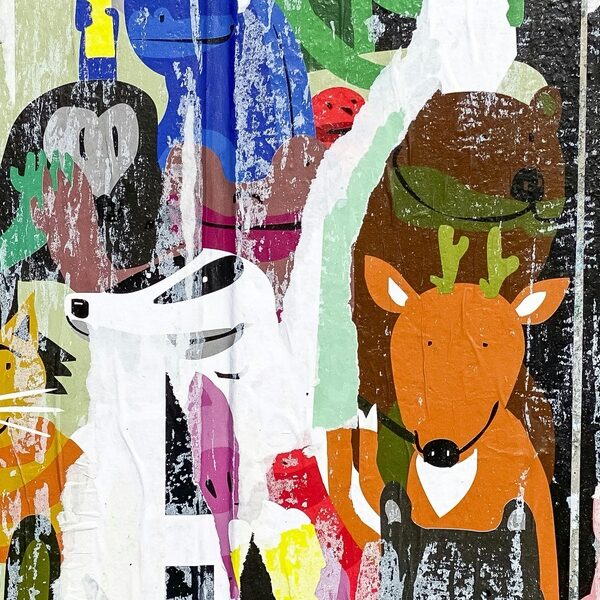This list includes 59 Common Animals that start with A, from “Aardvark” to “Azure kingfisher”. It gathers familiar species and widely used common names across habitats worldwide, useful for classrooms and nature walks.
Common animals that start with A are familiar species whose everyday names begin with the letter A. For example, the aardvark appears in African folktales as a nocturnal earth-digger and curiosity.
Below you’ll find the table with common name, scientific name, order, and habitat/distribution.
Common name: The widely used name you recognize, helpful for quick identification and everyday communication about the species.
Scientific name: The Latin binomial gives precise species identity so you can match records and deeper references.
Order: The taxonomic order shows broader relationships and helps you understand general traits shared among related species.
Habitat/distribution: Brief notes on where the species lives and its geographic range, useful for field spotting and study.
Methodology: Entries prioritize widely used common names and verified scientific names to keep the list practical and globally relevant.
A–Z index: Use the A–Z index page to jump between letters and explore other lists quickly.
Common Animals that start with A
| Common Name | Scientific Name | Order | Habitat/Distribution |
|---|---|---|---|
| Aardvark | Orycteropus afer | Tubulidentata | Sub-Saharan Africa; nocturnal savanna, burrows |
| Aardwolf | Proteles cristatus | Carnivora | Southern Africa; dry savanna and scrub |
| Abalone | Haliotis spp. | Vetigastropoda | Coastal rocky shores worldwide; temperate seas |
| Albatross | Diomedeidae | Procellariiformes | Southern and North Pacific oceans; pelagic seabird |
| Alligator | Alligator mississippiensis | Crocodylia | Southeastern North America; freshwater swamps and rivers |
| Alligator gar | Atractosteus spatula | Lepisosteiformes | Southeastern United States; rivers and lakes |
| Anaconda | Eunectes murinus | Squamata | Amazon Basin; flooded forests and rivers |
| Angelfish | Pomacanthidae | Perciformes | Tropical reefs worldwide; shallow coral habitats |
| Anglerfish | Lophiidae | Lophiiformes | Deep ocean worldwide; bathypelagic zones |
| Anemone | Actiniaria | Actiniaria | Coastal marine zones worldwide; attached to rocks and reefs |
| Ant | Formicidae | Hymenoptera | Worldwide terrestrial habitats; diverse colonies |
| Anteater | Myrmecophagidae | Pilosa | Central and South America; forests and grasslands |
| Antelope | Bovidae | Artiodactyla | Africa and Asia; grasslands and woodlands |
| Aphid | Aphidoidea | Hemiptera | Worldwide on plants; gardens and crops |
| Apollo butterfly | Parnassius apollo | Lepidoptera | Mountainous Europe; alpine meadows |
| Archerfish | Toxotes jaculatrix | Perciformes | Indo-Pacific mangroves and estuaries |
| Arctic fox | Vulpes lagopus | Carnivora | Arctic tundra across northern hemisphere |
| Arctic hare | Lepus arcticus | Lagomorpha | Arctic tundra of North America |
| Arctic tern | Sterna paradisaea | Charadriiformes | Breeds Arctic, winters Antarctic; migratory |
| Armadillo | Dasypus novemcinctus | Cingulata | Americas; grasslands and forests |
| Aye-aye | Daubentonia madagascariensis | Primates | Madagascar rainforests |
| Auk | Alcidae | Charadriiformes | Northern Atlantic and Pacific coasts; rocky islands |
| Avocet | Recurvirostridae | Charadriiformes | Wetlands in temperate regions worldwide |
| Axolotl | Ambystoma mexicanum | Caudata | Freshwater lakes near Mexico City; aquatic |
| Anole | Anolis spp. | Squamata | Americas; tropical forests and urban areas |
| Atlantic cod | Gadus morhua | Gadiformes | North Atlantic coastal waters |
| Atlantic salmon | Salmo salar | Salmoniformes | North Atlantic and rivers; migratory anadromous |
| Atlantic puffin | Fratercula arctica | Charadriiformes | North Atlantic coasts; nesting cliffs |
| African elephant | Loxodonta africana | Proboscidea | Sub-Saharan Africa; savannas and forests |
| Asian elephant | Elephas maximus | Proboscidea | South and Southeast Asia; forests and grasslands |
| African wild dog | Lycaon pictus | Carnivora | Sub-Saharan Africa; savanna and open woodlands |
| African buffalo | Syncerus caffer | Artiodactyla | Sub-Saharan Africa; savannas and floodplains |
| African penguin | Spheniscus demersus | Sphenisciformes | Southern African coast; rocky islands |
| American bison | Bison bison | Artiodactyla | North American plains and woodlands |
| American alligator | Alligator mississippiensis | Crocodylia | Southeastern US freshwater wetlands |
| American lobster | Homarus americanus | Decapoda | Northwest Atlantic; rocky ocean bottoms |
| American robin | Turdus migratorius | Passeriformes | North America; gardens and woodlands |
| American mink | Neogale vison | Carnivora | North America; waterways and wetlands |
| American kestrel | Falco sparverius | Falconiformes | Americas; open country and urban areas |
| Anemonefish | Amphiprioninae | Perciformes | Tropical coral reefs; among sea anemones |
| Antlion | Myrmeleontidae | Neuroptera | Sandy dry habitats worldwide |
| Arapaima | Arapaima gigas | Osteoglossiformes | Amazon Basin rivers and floodplains |
| Armadillo lizard | Ouroborus cataphractus | Squamata | Rocky deserts of South Africa |
| Atlantic bluefin tuna | Thunnus thynnus | Scombriformes | North Atlantic and Mediterranean; open ocean |
| Atlantic horseshoe crab | Limulus polyphemus | Xiphosura | Northwest Atlantic coastal waters |
| Anhinga | Anhinga anhinga | Suliformes | Americas; freshwater lakes and marshes |
| African civet | Civettictis civetta | Carnivora | Sub-Saharan Africa; forests and savannas |
| African grey parrot | Psittacus erithacus | Psittaciformes | West and Central African forests |
| Agama | Agama spp. | Squamata | Africa and Asia; rocky habitats and savannas |
| Apple snail | Pomacea canaliculata | Architaenioglossa | Freshwater ponds and wetlands; invasive regions |
| Auklet | Aethia spp. | Charadriiformes | North Pacific coasts; colony nesting |
| Australian magpie | Gymnorhina tibicen | Passeriformes | Australia and New Guinea; open habitats |
| Adélie penguin | Pygoscelis adeliae | Sphenisciformes | Antarctic coasts; ice-free breeding sites |
| Antarctic krill | Euphausia superba | Euphausiacea | Southern Ocean; massive swarms under sea ice |
| Acorn barnacle | Balanus spp. | Sessilia | Rocky intertidal zones worldwide |
| Auk (common group) | Alcidae | Charadriiformes | Northern oceans; coastal cliffs and islands |
| Azure kingfisher | Ceyx azureus | Coraciiformes | Australia and New Guinea; freshwater streams |
| Alpine ibex | Capra ibex | Artiodactyla | European Alps; steep rocky slopes |
| Antbear (alternative anteater) | Myrmecophaga tridactyla | Pilosa | Central and South America |
Descriptions
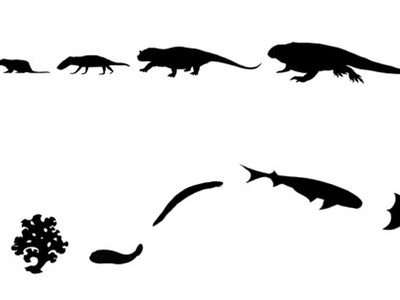
Aardvark
Long-snouted insectivore that digs for ants and termites with a sticky tongue.
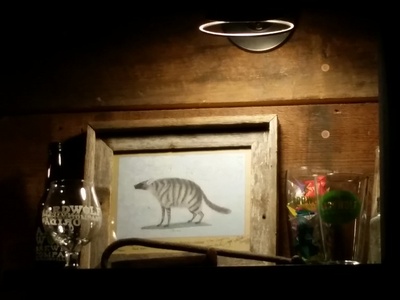
Aardwolf
Small hyena-like mammal that feeds mainly on termites at night.
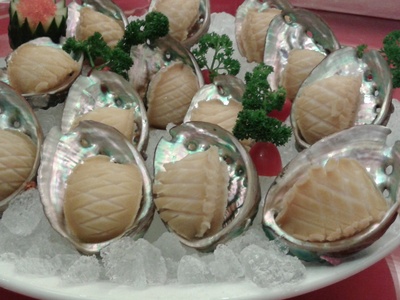
Abalone
Flat, ear-shaped marine snail prized for its iridescent shell and meat.
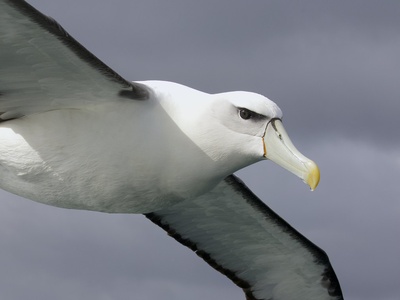
Albatross
Large seabird with an extraordinary wingspan, a master of long-distance gliding.
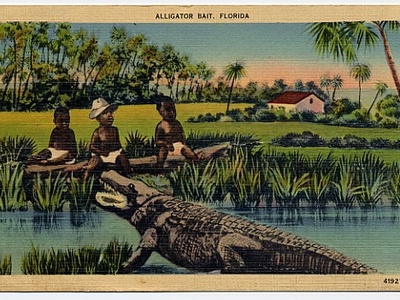
Alligator
Large semi-aquatic reptile with armored skin and powerful jaws.
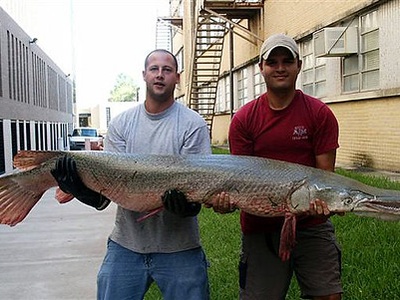
Alligator gar
Large freshwater fish with a long snout and ganoid scales.
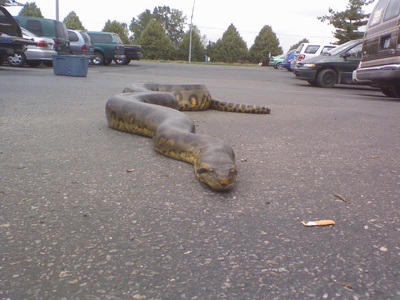
Anaconda
Massive water-loving snake that ambushes prey, including mammals and birds.
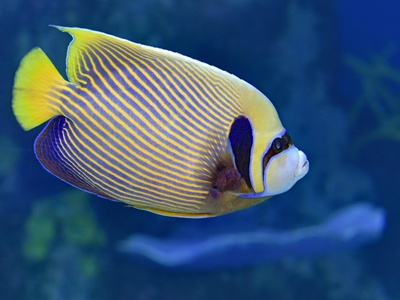
Angelfish
Colorful reef fishes with rounded bodies and vibrant patterns.
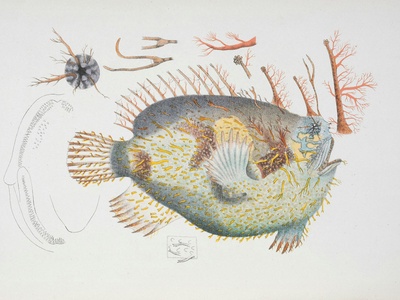
Anglerfish
Strange deep-sea predator that uses a bioluminescent lure to attract prey.
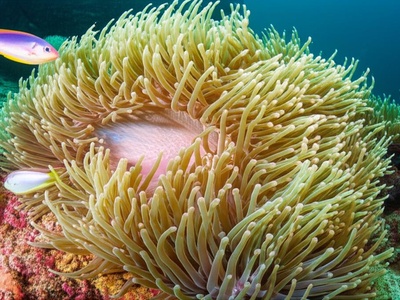
Anemone
Flowerlike predatory animal with stinging tentacles that trap small animals.
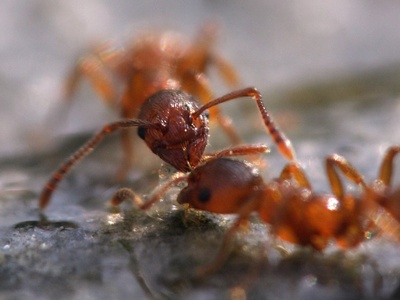
Ant
Social insects forming complex colonies with workers, queens, and many castes.
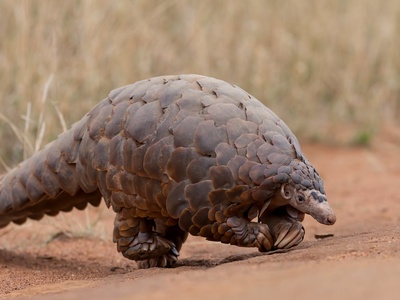
Anteater
Long-snouted, specialized insect-eater using a sticky tongue to consume ants and termites.
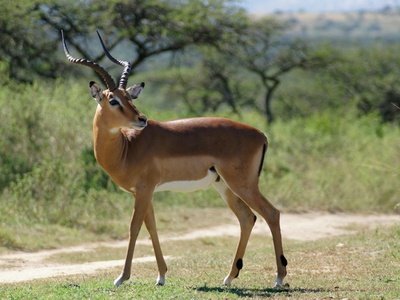
Antelope
Diverse group of graceful, horned herbivores adapted primarily to grazing.
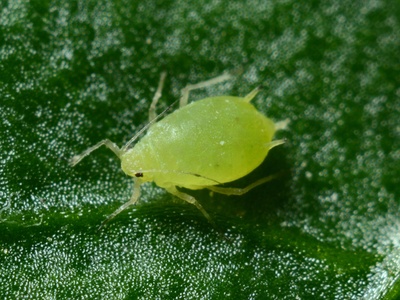
Aphid
Tiny sap-sucking insects often seen as agricultural pests with rapid reproduction.
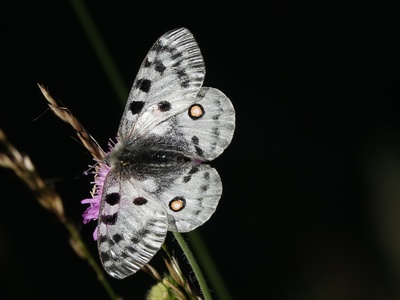
Apollo butterfly
White butterfly with red and black spots, favors sunny mountain slopes.
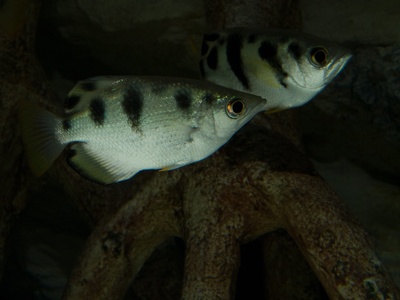
Archerfish
Fish that shoots jets of water to knock insects into the water.
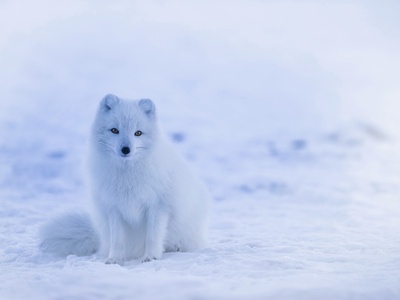
Arctic fox
Small fox adapted to cold with seasonal white or brown fur.
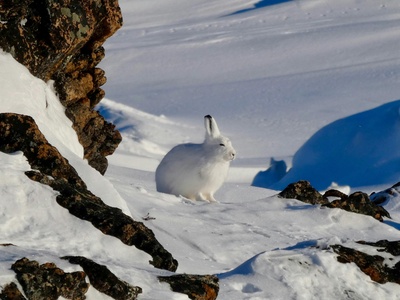
Arctic hare
Large hare with thick fur, adapted to cold and deep snow.
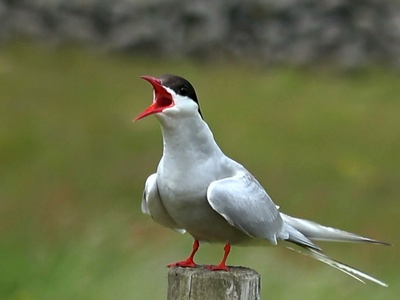
Arctic tern
Seabird with the longest known annual migration between poles.
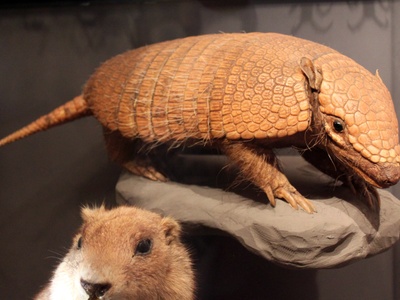
Armadillo
Small armored mammal known for digging and rolling to protect itself.
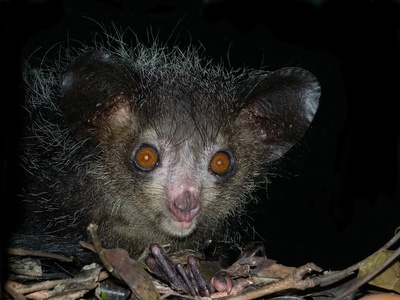
Aye-aye
Nocturnal lemur with an elongated middle finger used to extract insects from wood.
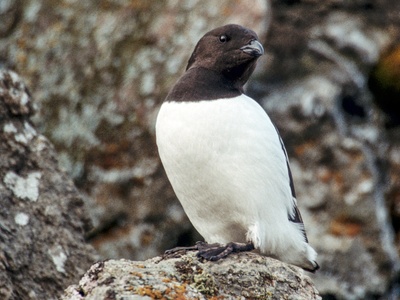
Auk
Diving seabirds with compact bodies that feed on fish in coastal waters.
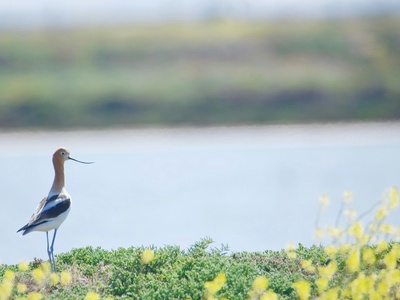
Avocet
Elegant wading bird with an upcurved bill that sweeps for small prey.
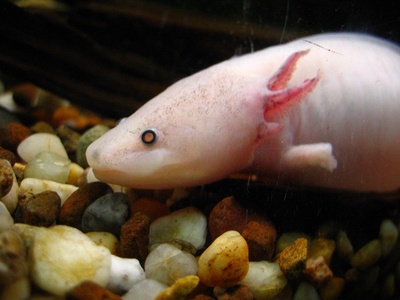
Axolotl
Neotenic salamander that retains gills into adulthood and can regenerate limbs.

Anole
Small, often colorful lizards with dewlaps used for display and territorial signalling.
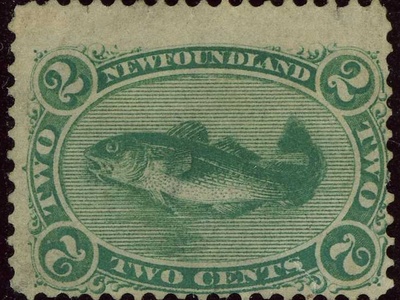
Atlantic cod
Important commercial fish with mottled coloring and three dorsal fins.
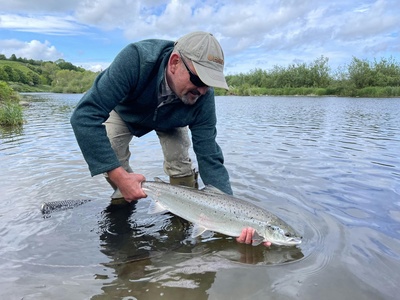
Atlantic salmon
Born in rivers, migrate to sea, and return to spawn in freshwater.
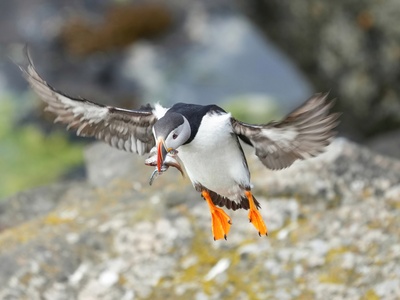
Atlantic puffin
Stocky seabird with a colorful beak and impressive underwater “flight.”
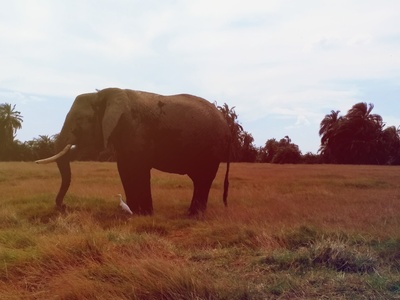
African elephant
Largest land mammal with tusks and large ears used for cooling and display.
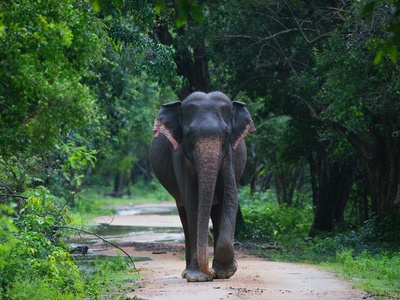
Asian elephant
Smaller-eared elephant known for social herds and strong memory.
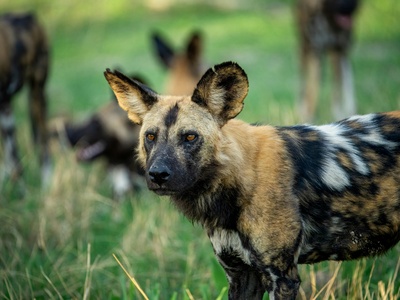
African wild dog
Highly social pack hunter with mottled coat and extraordinary endurance.
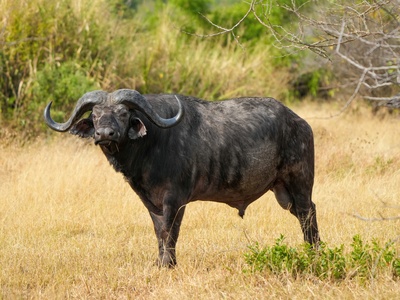
African buffalo
Robust grazer often found in large herds; can be dangerous when threatened.
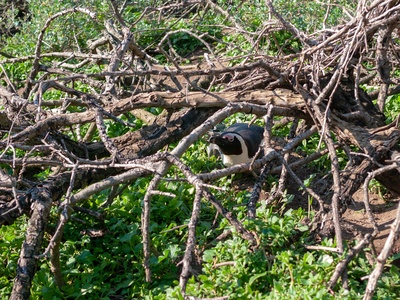
African penguin
Black-and-white seabird that nests in burrows and feeds at sea.
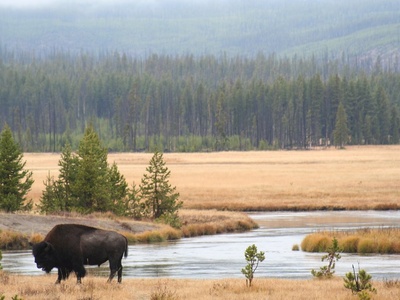
American bison
Massive grazer with a shaggy mane and a pronounced shoulder hump.
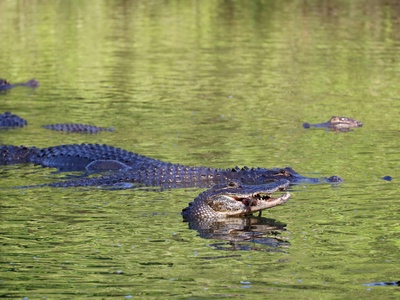
American alligator
Apex wetland reptile often seen basking on riverbanks and in swamps.
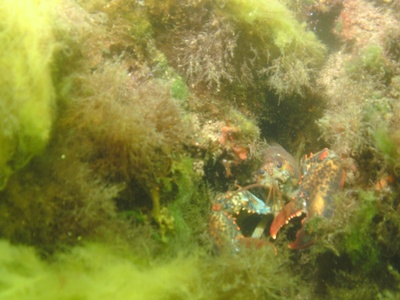
American lobster
Large crustacean with strong claws, an important seafood species.
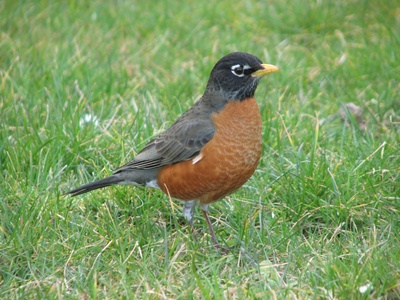
American robin
Familiar songbird with an orange breast, common in suburbs and parks.
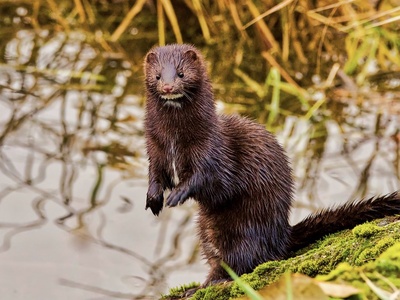
American mink
Small semi-aquatic mustelid that hunts fish, birds, and small mammals.
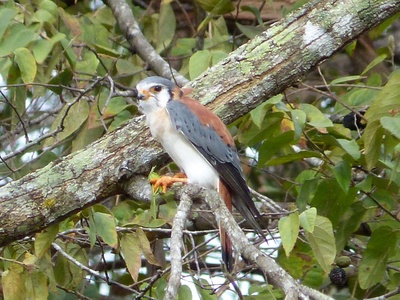
American kestrel
Small, colorful falcon that often hovers while hunting insects and small vertebrates.
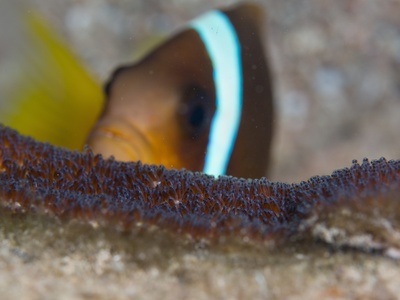
Anemonefish
Colorful reef fish that forms a symbiotic relationship with sea anemones.
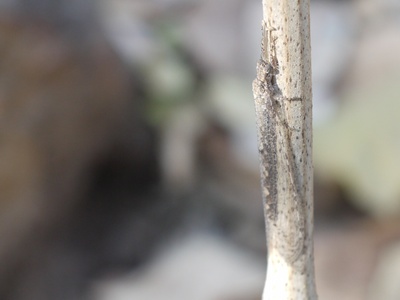
Antlion
Insect whose larvae dig conical pits to trap ants and other small insects.
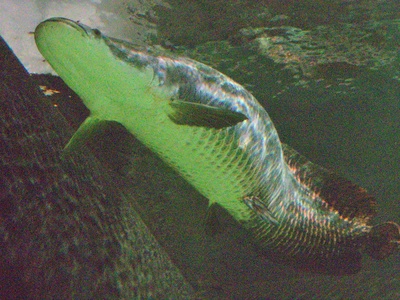
Arapaima
One of the largest freshwater fishes, surfaces to breathe air periodically.
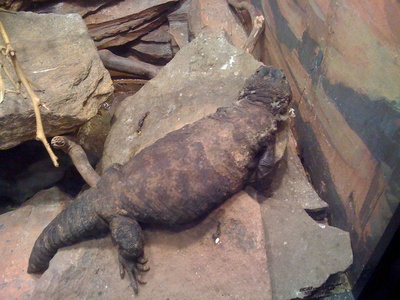
Armadillo lizard
Spiky lizard that curls into a ball for defense, resembling an armadillo.
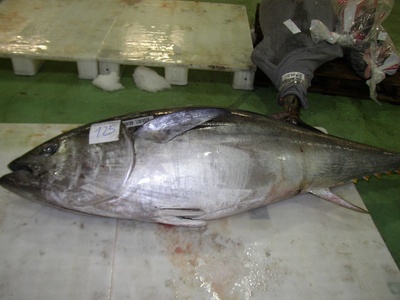
Atlantic bluefin tuna
Large, powerful migratory tuna prized in commercial and sport fisheries.
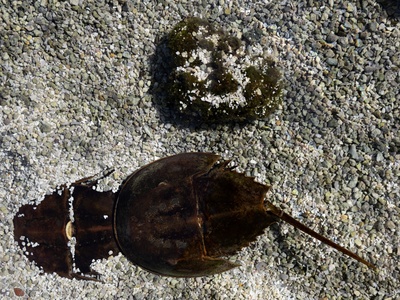
Atlantic horseshoe crab
Ancient marine arthropod with a hard carapace, ecologically important for eggs and blood.
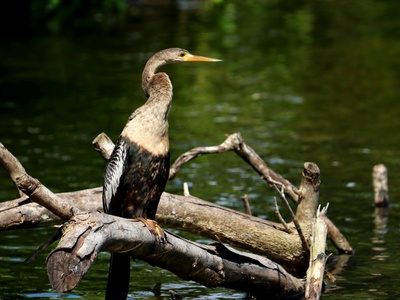
Anhinga
Snakebird that swims with a low profile and spears fish with its beak.
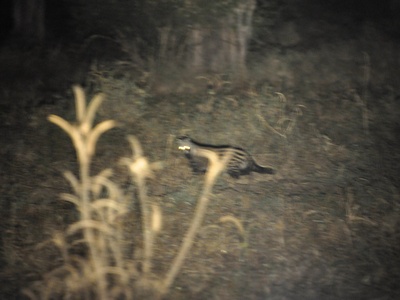
African civet
Nocturnal omnivore with a spotted coat and scent glands used in musk production.
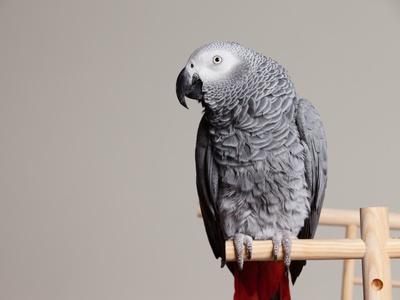
African grey parrot
Highly intelligent parrot known for exceptional mimicry and gray plumage.
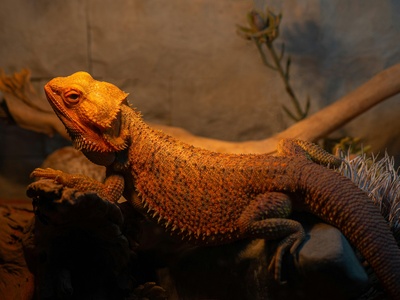
Agama
Robust lizards often with brightly colored males seen sunning on rocks.
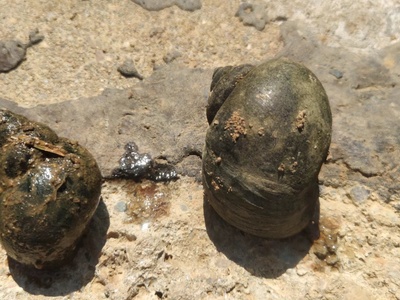
Apple snail
Large freshwater snail with a round shell, often invasive in rice fields.
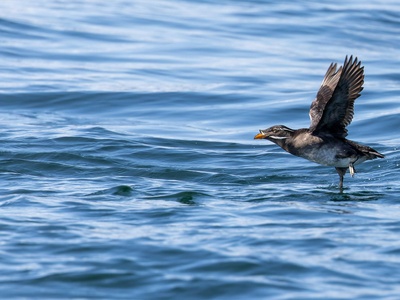
Auklet
Small alcid seabirds often with distinctive crests or scent and colonial nesting.
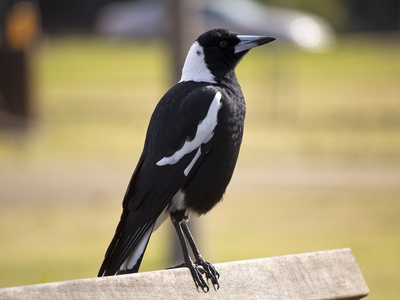
Australian magpie
Bold black-and-white songbird known for complex songs and territorial behavior.
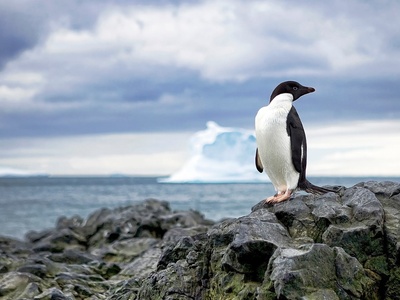
Adélie penguin
Small, hardy penguin that nests on rocky shores in large colonies.
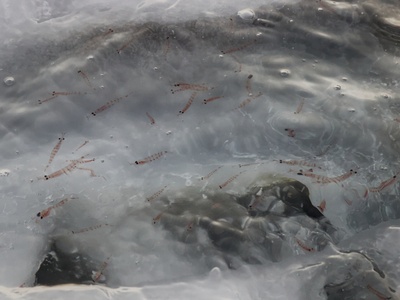
Antarctic krill
Small shrimp-like crustacean forming huge swarms, critical to Southern Ocean food webs.
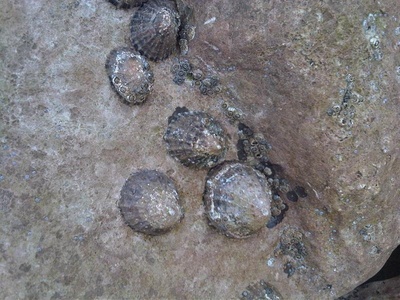
Acorn barnacle
Small sessile crustacean that cements to rocks and filters plankton.
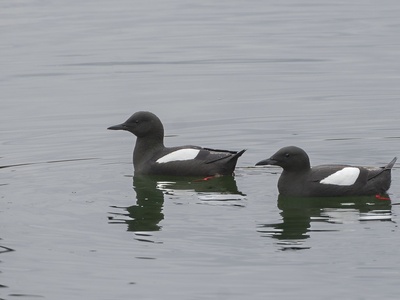
Auk (common group)
Clumsy on land but excellent divers, feed on fish and nest in colonies.
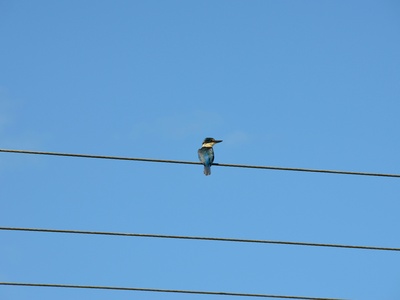
Azure kingfisher
Small, electric-blue kingfisher that hunts fish from perches.
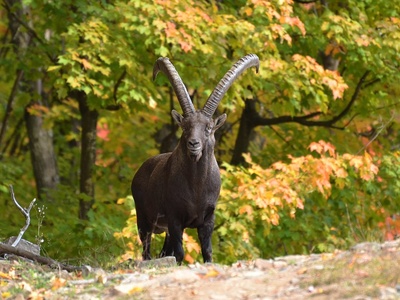
Alpine ibex
Sure-footed wild goat with large curved horns, lives at high elevations.
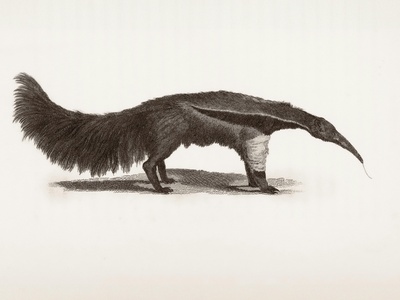
Antbear (alternative anteater)
Another common name for the giant anteater, a specialist ant and termite eater.
